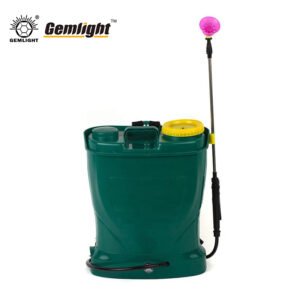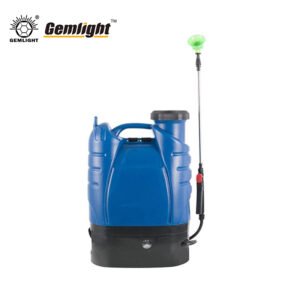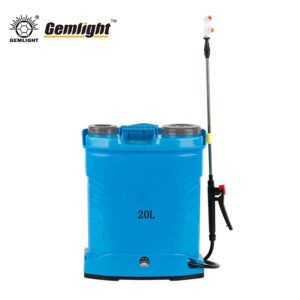1. Why Japan Machete Tools Are Ideal for African Terrain
When evaluating machete performance in African field conditions, the Japan machete stands out for its precision, balance, and long-lasting durability. Unlike many traditional styles that prioritize brute force, Japanese-style blades are engineered for controlled, efficient cutting—making them well-suited to the agricultural and environmental realities of sub-Saharan regions.
The Japan machete typically features a slim yet high-carbon steel blade, allowing for sharp, clean cuts with minimal effort. This is particularly advantageous in African countries where farmers routinely harvest tough crops such as sugarcane, maize, or cassava. The efficient slicing action of these machetes reduces physical fatigue during long workdays, and the sharp edge is perfect for separating fibrous material with minimal resistance.
Moreover, machete types tools are designed with ergonomic handles, often made from hardwood or synthetic grips that offer strong anti-slip performance. This is highly beneficial in hot, humid climates across regions such as Kenya, Ghana, and Nigeria, where sweaty palms and rough handling are common during peak farming seasons.
Users in Africa have found that Japanese machetes offer an ideal combination of weight, reach, and edge retention—key traits when clearing land, managing undergrowth, or harvesting cash crops. These tools do not dull easily and, when properly maintained, can serve through multiple growing seasons without blade failure.
With the rise of mechanization still limited in many rural African areas, reliable handheld tools remain a necessity. For agricultural professionals, plantation workers, and even rural households, the Japan machete represents a precise, dependable solution built for daily use in rugged field conditions.
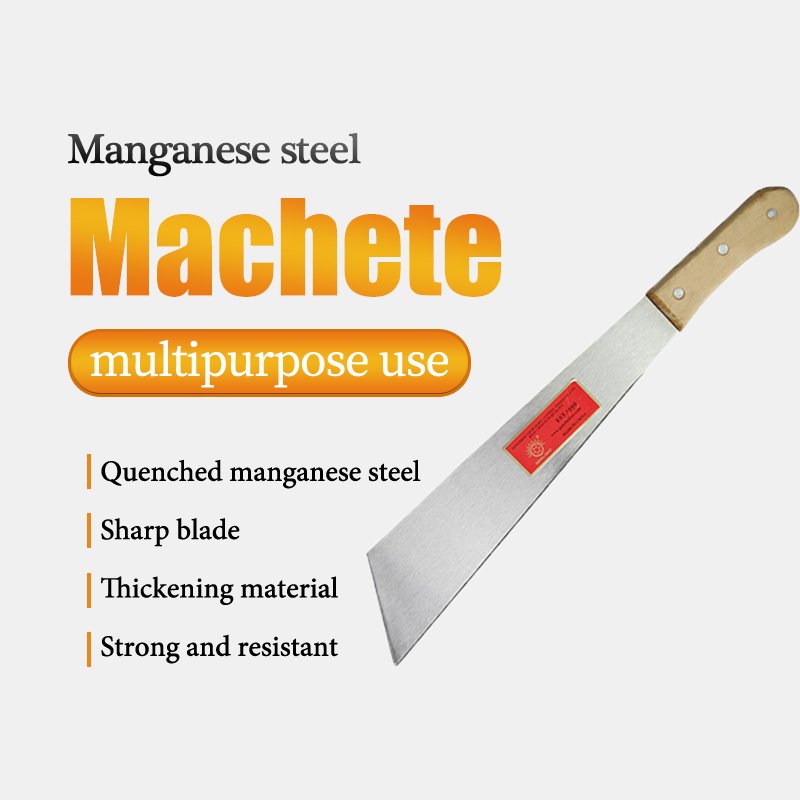
2. What Makes the Best Japanese Machete for Field Work
Defining the best Japanese machete requires a careful look at key factors that influence its performance across different field tasks. African users, particularly those engaged in farming, construction, and land management, need tools that can combine sharpness, strength, and comfort. The best Japanese machetes meet these standards through their unique craftsmanship.
Firstly, steel quality is non-negotiable. Most high-end Japanese machetes are made from high-carbon SK5, white steel, or even laminated carbon steels—offering a fine balance between hardness and flexibility. This enables the machete to maintain a razor-sharp edge while also resisting breakage during heavy-duty use. Unlike softer blades that bend or dull quickly, top-tier machetes remain effective even under repeated stress.
Another distinguishing feature is blade geometry. Styles like the Tanto, Nata, and Kama each serve specific functions. The Tanto-style machete, with its spear-like tip, is ideal for piercing and chopping woody vegetation. The Nata, resembling a cleaver, excels in clean cuts and is favored for forestry work. Meanwhile, the Kama-style machete offers sweeping, hook-like precision—perfect for harvesting in tight rows or trimming thick grass.
Handle construction is equally vital. Full-tang designs, often with riveted wooden or polymer scales, provide both durability and user safety. The best Japanese machetes come with reinforced spines and well-balanced bodies, allowing for longer periods of continuous work without strain—an essential factor for African field professionals who often work in high-temperature, high-pressure environments.
Ultimately, the best Japanese machete is one that aligns with specific use-cases in African markets. Whether it’s land clearing in Uganda, sugarcane harvesting in Zambia, or brush control in Cameroon, Japan machetes offer a versatile tool solution that blends tradition with modern engineering.
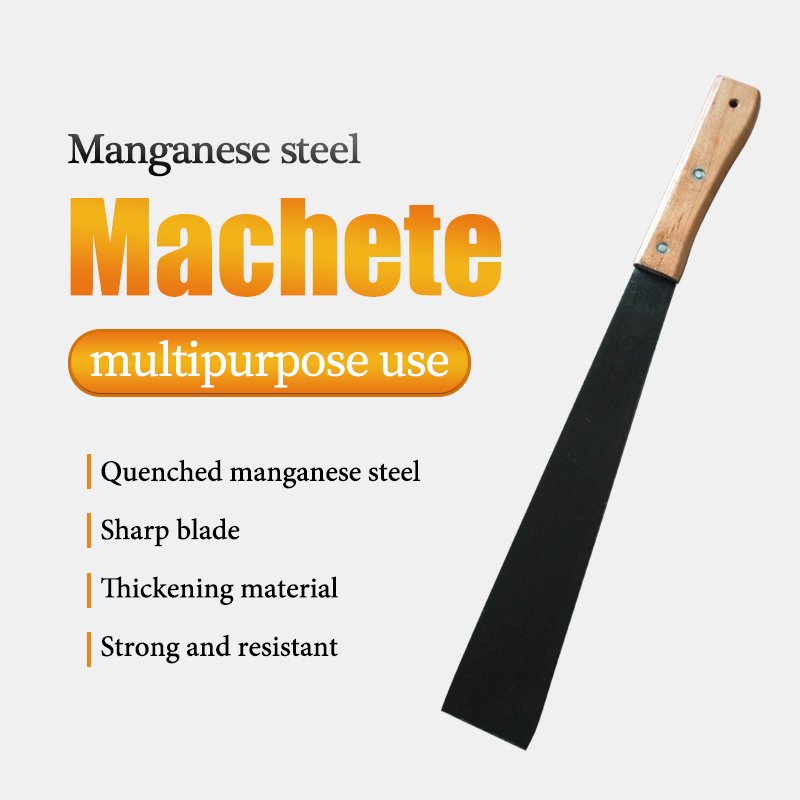
3. Top Japanese Style Machete Options from Our Factory
As a seasoned manufacturer with over 30 years of experience in agricultural tool production, our company offers a comprehensive line of Japanese style machete products tailored for the African market. We understand that outdoor professionals across Africa require tools that are durable, cost-effective, and highly functional. That’s why our Japan machete range is engineered for precision and endurance in demanding conditions.
Featured Products:
1. Nata-Style Japan Machete
Our Nata machetes feature a heavy-duty rectangular blade with a strong spine, perfect for forestry tasks, chopping small trees, and clearing thick underbrush. These blades are heat-treated and finished with a black oxide coating to resist corrosion.
2. Tanto-Point Japanese Machete
Designed for multipurpose use, this machete blends tactical utility with traditional design. The sharp, pointed edge excels in both piercing and slicing applications, particularly for field clearing or rough terrain navigation.
3. Kama-Inspired Sugarcane Machete
Based on the sickle-style Japanese Kama, this machete features a slightly curved blade ideal for harvesting sugarcane, corn, and other tall-stalk crops. The inward curve allows for effective wrist motion, improving efficiency and reducing effort.
Each machete is available in multiple lengths and blade thicknesses. We also offer full OEM and ODM services, allowing African importers and distributors to customize product branding, handle materials, and packaging specifications. We export large volumes to regions including West Africa, East Africa, and Southern Africa, and we provide logistical support to meet tight harvesting timelines.
Our machetes are already in use by farming cooperatives, government supply chains, and agro-tool retailers. With proven results in field performance and excellent client retention, our Japanese style machetes continue to support agricultural productivity across Africa.
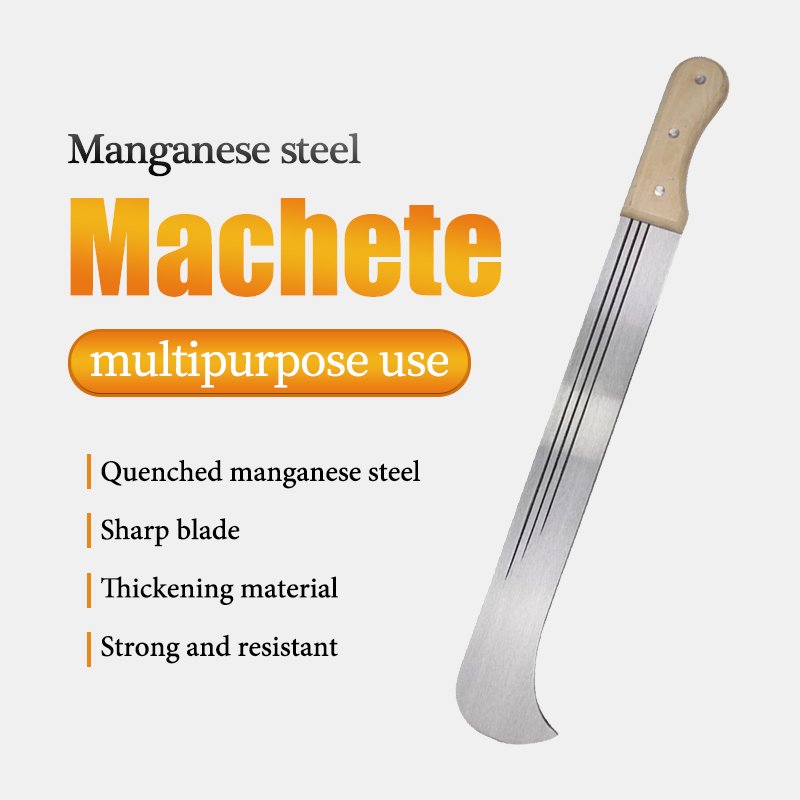
4. How to Choose the Right Japan Machete for African Markets
Choosing the right Japan machete for African end-users requires a blend of technical understanding and practical field insight. The diverse geography, climate, and agricultural practices across the continent mean that one size does not fit all.
For land clearing and brush control, especially in countries with dense vegetation like the DRC or Sierra Leone, a heavier Nata-style machete with a thick spine is ideal. These deliver maximum chopping power and are less likely to chip when hitting hard material. In contrast, countries focusing on cash crop harvesting, such as Ghana (cocoa) or Sudan (sorghum), benefit more from lighter, curved blades like the Kama-style machete that allow quick, repetitive cuts.
Handle materials also matter. Wood handles offer a traditional grip but may swell or crack in humid climates. Modern polymer handles resist moisture and provide better longevity in regions like coastal Kenya or southern Nigeria. Balance and tang design are also important—tools with a full tang and forward weight distribution reduce operator fatigue, particularly for long working hours.
Importers should ensure their Japan machete supplier adheres to quality standards like Rockwell hardness tests, edge angle consistency, and corrosion resistance coatings. Avoiding poorly heat-treated blades or misaligned tangs is essential for end-user safety and satisfaction.
Customization is another growing trend. African buyers now look for branded products with localized packaging, handle colors, or even bilingual instructions. Our factory supports this level of customization, providing competitive advantages for resellers across urban and rural markets.
In summary, the right Japan machete is not just a cutting tool—it is a strategic asset in agricultural productivity. Whether you’re sourcing for farming cooperatives, hardware stores, or government tenders, selecting a machete that matches the region’s field conditions and user behavior is key to long-term product success.
About us:
Dingzhou Gemlight Cutting Tools Co., Ltd.,With a solid foundation since 1990, Gemlight machete is a trusted name in the field of cane machete manufacturing. We focus on R&D, design and production to produce high quality wholesale china machete and shovel,hoe,pickaxe,sickle,farm tools.
Gemlight Machete factory Based in Baoding, Hebei, China, we benefit from efficient logistics and fast delivery. Our products have been well received in more than 50 countries, thanks to our commitment to customer satisfaction

